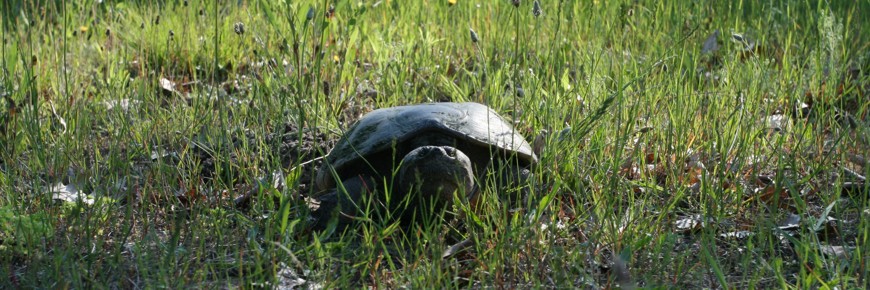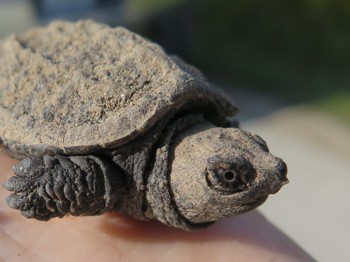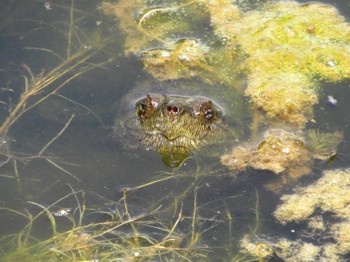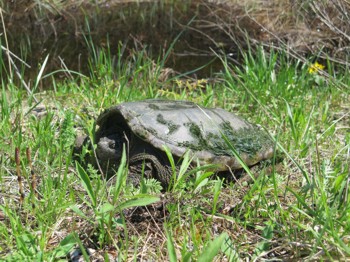
Did you know?
Bruce Peninsula National Park
Interesting facts about the Common Snapping Turtle
- Snapping turtles are prehistoric - the species has existed unchanged for 200 million years!
- Turtles have nerve endings in their shell, so they can actually feel when they are being touched.
- Snapping turtles are slow on land, travelling under 2 km/hour on average. In water, they travel 16-19 km/hour for long distances, and can reach 35 km/hour at maximum speed.
- The sex of a snapping turtle is determined by temperature! Turtle eggs incubated at 20°C and 29-31°C produce only females, while eggs incubated at 23-24°C produce only males.
- Baby turtles have an "egg tooth" at the tip of their beak that they use break free from their shell and enter the world. The "tooth" falls off a few days later.
- If a female turtle has been killed on a roadway, all hope is not lost. In some cases, if the female is holding any eggs, these eggs can be extracted by experts and artificially incubated until they hatch.
- All turtles in Ontario hibernate underwater. A turtle will burrow into the muddy debris at the bottom of a lake, and slow down its heart rate and metabolism significantly. During hibernation, turtles can absorb oxygen through different body surfaces (including their bums)!


Snapping turtles are most comfortable in the water.

- Date modified :